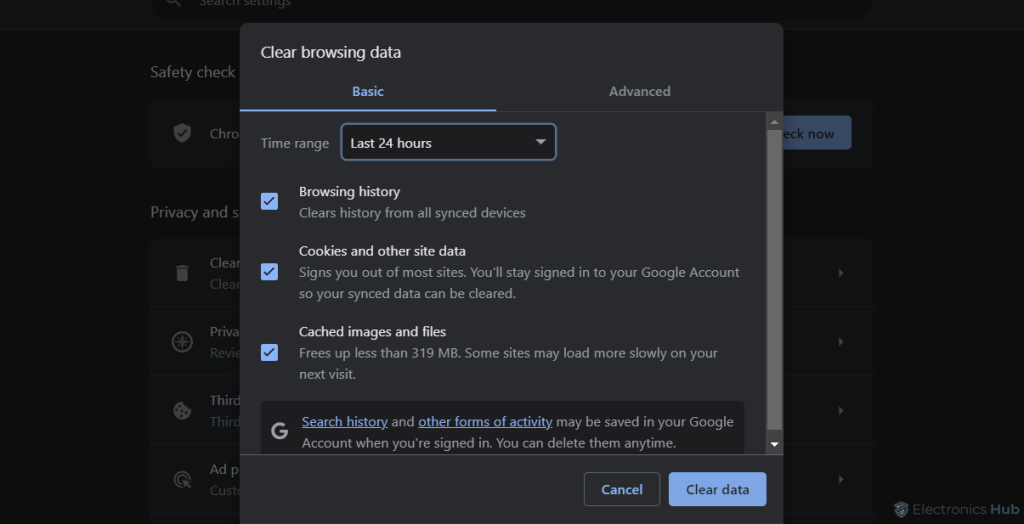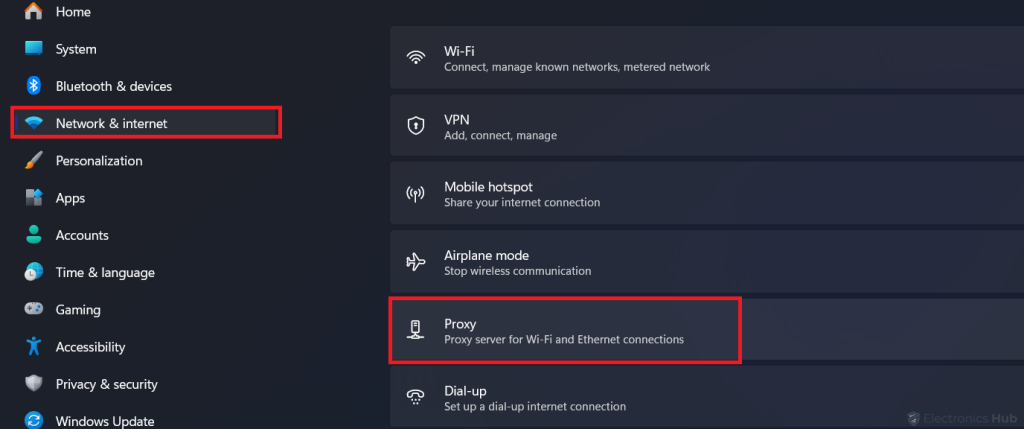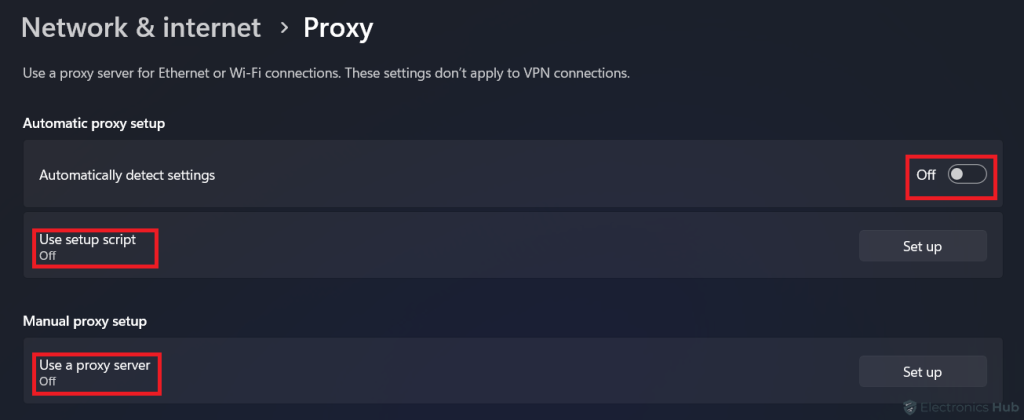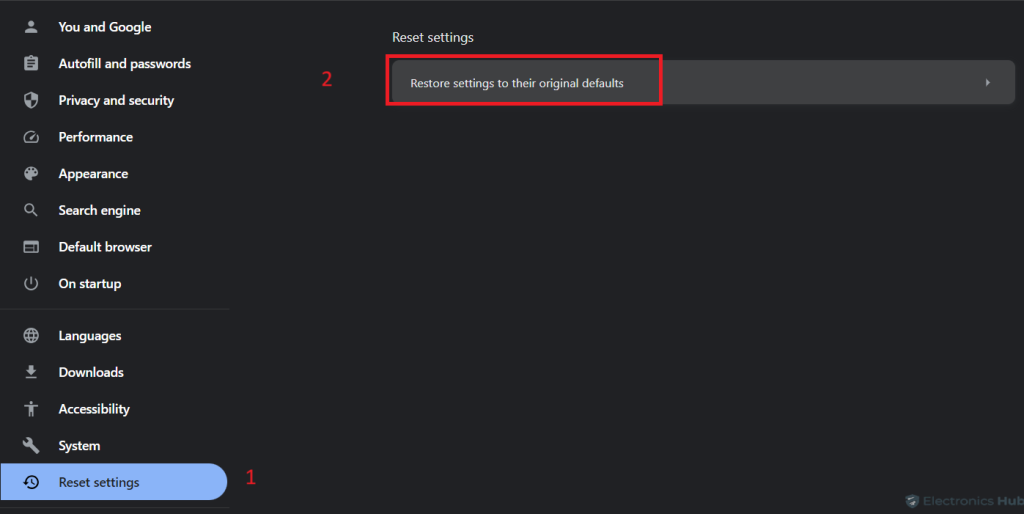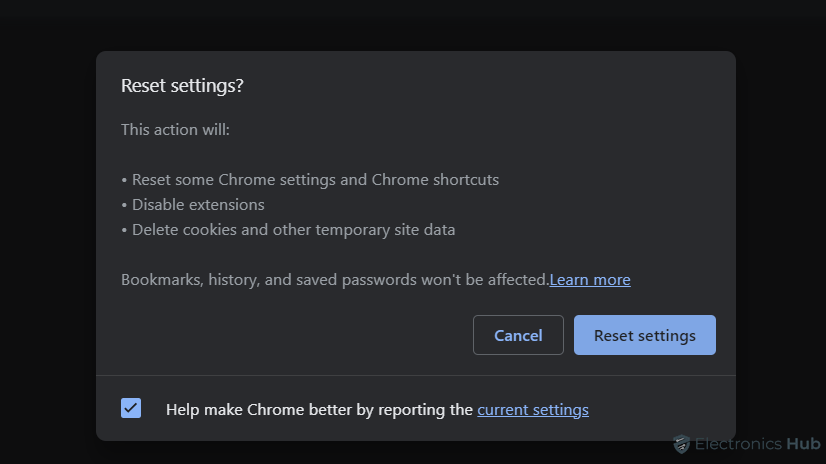A web browser allows you to access and view information on the internet, such as web pages, images, videos, and other files. These applications work by simply sending requests to web servers, which are basically computers that store and deliver web content. The web browser then receives the content as a response from the web server and displays it on your screen. The browser uses a protocol called HTTP to communicate with the web server and request the web page. In response, the web server sends the web page’s data to the browser. The browser then interprets these files and renders them as a web page that the user can interact with.
As you can imagine, web pages have tons of safeguards that prevent unauthorized access to the pages, such as passwords, encryption, or firewalls. These safeguards are designed to protect the privacy and security of the web page as well as its users. For example, some web pages require you to create a unique account with identity proof to allow access to sensitive information. Or, a web page also uses encryption to scramble the data it sends and receives so that only authorized parties can read it.
While these safeguards are designed to prevent mishaps for the page, sometimes these restrictions can also cause various different errors that can be troublesome for the user. A lot of time, users may come across a common problem that reads “Access Denied! You Don’t Have Permission to Access on This Server on Windows” error while trying to access the website. In this guide, we will take a look at some of the most common reasons behind this problem and try to offer you some handy solutions that you can try to fix from your end.
Also Check:
- Wi-Fi keeps Disconnecting on Windows
- Wi-Fi Connected No Internet
- What is taskeng.exe Popup? Is it Malware?
- How to Fix the “NET::ERR_CERT_DATE_INVALID” Error?
- How To Fix System Application Force Next 0007 Error
- How to Solve ERR Connection Refused Error?
- How do I fix the ERR Connection Reset Error?
- How to Fix the “Webpage Not Available” Error in Your Browser?
Outline
ToggleReasons Behind The “Access Denied You Don’t Have Permission to Access on This Server” Error
As the name suggests, the Access Denied error on a webpage indicates that the web server has denied your request to access the web page, either because you do not have the proper credentials, or because the web server has some technical issues. This error can be an inconvenience to the user, as it prevents them from accessing the information or service they need. Sometimes, it can also be a false alarm caused by a problem from the user’s end, or rather a problem with the browser they are using to access the site. To resolve the problem, you must understand the following reasons that usually cause this problem on various systems.
- Expired or Invalid Cookies: Cookies are small temporary files that store information about your browsing history and preferences on your computer. A lot of web pages use these cookies to identify and authenticate the user. But if these cookies are expired or invalid, the web server may not recognize the user and deny their access. For example, if you are trying to access a web page that you have visited before, but your cookies have been deleted or corrupted, you may see this error.
- IP Address or Domain Name Issues: The web server uses your IP address or domain name to determine your location and access rights. However, if your IP address or domain name is blocked or blacklisted by the web server, you will not be able to access the web page. For instance, if you are trying to access a web page that is restricted to a certain region, but your IP address or domain name indicates that you are from a different region, you will see this error.
- Antivirus or Firewall Software Interference: Sometimes, an antivirus or firewall may also block or interfere with some web pages or content that they deem suspicious or harmful. This can cause the web server to detect a problem and deny your access. If you are trying to access a web page that contains some scripts or images that your antivirus or firewall software considers unsafe, it will be blocked by your system. And since this can be considered as an irregularity on the host website’s end, it will redirect you to the error page.
- Updated Website URL: The web page may have changed its address or the URL, which can result in denial of access. This can happen when the web page is recently updated by its owners. If you try to access the web page using its old URL, the web server may not be able to find it and deny your access.
- VPN Problems: Last but not least, one of the most common reasons that results in denial of access are VPNs. This is basically a service that allows you to connect to the internet through a secure and encrypted connection. While doing so, it masks your IP address as well as your locality to provide a safe and private connection. However, some web servers can detect and block various VPN networks. Some webpages also consider VPNs as a security threat and it can be a violation of their terms of service. As a result, the website restricts access to the page unless the VPN service is disabled.
How to Fix “Access Denied You Don’t Have Permission to Access on This Server” Error?
Now that you have understood the problem correctly, let us try to fix the problem with some quick and easy solutions. While most of the time, the problem will be resolved by itself or the host, you can still try out the following solutions in the meantime and see if any of these work for you. As this is quite a common problem, a lot of users have managed to fix the problems on their end using these tips. So, make sure you try out all of the following resolutions if you wish to resolve the access denied problem.
1. Check if the problem occurred at the host website
Sometimes, the problem may not be with your browser or computer, but with the website itself. The website may be down, under maintenance, or having some technical issues at the moment. In such a case, the website simply denies access to all requests to eliminate the load on the server during maintenance. To check if this is the case, you can try to visit another website and see if it works. If it does, then the problem is likely with the website you are trying to visit. You can also use a website status checker tool, such as Down For Everyone Or Just Me, to see if the website is online or offline. If the website is offline, then you need to wait for it to come back online.
2. Restart the browser/system
The accessibility problem can also be a result of a temporary glitch or bug in your browser. This can happen due to various reasons, such as corrupted files, memory leaks, or incompatible updates. To fix this, you can try to restart your browser or your computer and see if the error goes away. Restarting can automatically clear the cache and resolve any conflicts that may be causing the error.
3. Delete Cookies and site data
If the cookies accumulated by your browser are expired or invalid, the web server will not be able to recognize your computer’s identity and deny its access. To fix this, you can try to delete the cookies and site data for the website you are trying to visit and see if the error goes away. Deleting the cookies and site data can reset your connection and authentication with the website.
- To delete the cookies and site data, you can use the “More Tools” option in the browser menu.
- Here, look for the option “Clear the browsing data”. Once you click on that, it will open a new page where you can find all the saved data in your browser, such as browsing history, cached images, saved cookies, etc.
- Select the data you wish to delete as well as the appropriate time range in the dialogue box and click on “clear data”. Your browser will take a few seconds to process the request.
- You can also choose to delete the cookies and site data for a specific website or for all websites based on your problem.
4. Remove the VPN web extension
A lot of users use a VPN web extension as it allows one-click VPN access which is very quick and easy. But in some cases, the web extension itself could be detected by a website and can be considered as one of the reasons to temporarily deny its access. It can happen even if the web extension has the VPN service disabled. To fix this, you can try to remove the VPN web extension from your browser and see if the error goes away. Removing the VPN web extension can restore your normal connection and access to the website.
- To remove the VPN web extension, you can use the settings or options menu in your browser.
- Look for the option to manage or disable the extensions or add-ons.
- You can also choose to remove the VPN web extension for a specific website, or for all websites.
5. Disable VPN app
Similar to the web extension, the standalone desktop application that you are using on your system can be the reason behind this issue. Unlike the web extension, the application tunnels all of the HTTP requests made by your system through the VPN service to mask its identity completely. So, you should also try terminating the VPN app from your system and see if that helps. For a lot of desktop VPN apps, clicking on the ‘X’ simply minimizes the program which would not be of much help.
- To disable these VPNs, you can right-click on the VPN icon in your taskbar and click on Quit or Exit.
- If it’s not available in the taskbar, you will have to disable the app or its service from the task manager.
- Once you open the task manager, click on the “Processes” tab and find your VPN in the list.
- Right-click on the service and select “End task”. This will instantly terminate the service.
- Some VPN services have multiple services running at once, such as a webhelper or real-time protection.
- So, make sure you look for all other services tagged with your VPNs symbol and terminate all of them.
6. Disable proxy server
Similar to a VPN, a proxy or proxy server also acts as an intermediary between your browser and the web server. Some systems use proxies to protect their location or browsing activity from the web server or to access websites that are restricted in their location. And just like a VPN, it can be detected by web servers. To fix this, you can try to disable the proxy server from your browser or computer.
- To disable the proxy server, open Windows settings by pressing Win Key + I.
- Open the Network and Internet section in the left pane and choose Proxy from the list on the right side.
- Here, the “Automatic detect settings” toggle should be on, which sets up the proxy server automatically. Disable this toggle and also make sure that “Use setup script” and “Use a proxy server” options are turned OFF as well.
7. Reset the browser to default settings.
This error can also be fixed by Resetting the browser to default settings. This can resolve issues caused by corrupted settings or conflicting extensions.
- Open Google Chrome and then click on the three dots.
- Click on Settings and select Reset Settings.
- Click on Restore settings to their original defaults.
- A warning pop-up will be displayed. Read the message and click the Reset settings button if you agree to have your browser restored to the default configuration.
Access Denied You Don’t Have Permission to Access on This Server – FAQs
Ans: When a website shows this error “You Don’t Have Permission to Access on This Server on Windows”, it typically means that the web server that hosts the website has blocked your request for some reason, and it is not allowing you to view the content. This error can be frustrating, as it prevents you from accessing the information or service that you need. But in many cases, this error can be a result of a false positive that you can eliminate by trying out the solutions provided in this guide.
Ans: If the access denied issue occurs on a local folder, it means that you do not have permission to access that particular folder on your own computer. This can happen due to various reasons, such as incorrect ownership, corrupted files, or problems with security settings.
* To fix this, you need to take ownership of the folder and grant yourself full control over it.
* To do this, right-click on the folder and select Properties.
* Then, go to the Security tab and click Advanced.
* Next, click Change next to Owner and type your username in the box.
Note: you can execute the “whoami” command in the command prompt and copy the response into the box.
* Check the box that says Replace owner and click OK.
* Finally, click Apply and OK to close the windows. You should now be able to access the folder.
Ans: Yes, browser extensions can cause access to be denied on some websites. Some extensions can interfere with the way the website works or conflict with the script/code used by the site. When this happens, the website rejects your request to access it and displays an error message such as “Access Denied” or “Requests to the Server Have Been Blocked by an Extension”. Usually, the extensions that can cause such problems are ad blockers, VPNs, 3rd party video downloaders, etc. If you have one or more extensions enabled, try to disable these extensions and see if it helps.
Ans: There are quite a handful of errors that resemble the Access Denied error as they occur due to permission problems. Here are some problems that you may come across while browsing the internet, which can also be resolved by trying out the solutions provided in this guide:
* Permission Denied
* File/Folder Access Denied
* 401 Unauthorized
* 403 Forbidden
Conclusion
It is understandable that encountering an “Access Denied! You Don’t Have Permission to Access on This Server on Windows” error while trying to access a website can be very frustrating, especially if the error blocks your request to a website that you need to work. However, understanding the potential reasons behind the issue and implementing some troubleshooting steps can often resolve the problem.
In this guide, we have highlighted various common causes behind this problem so that you can understand exactly why this error has occurred on your system and also conclude whether the website, browser, or the OS itself cause it. By following the provided troubleshooting steps, you can easily resolve the error and regain access to the desired website, ensuring a smoother and uninterrupted browsing experience. If you have any more questions, feel free to reach out to us with your query.

